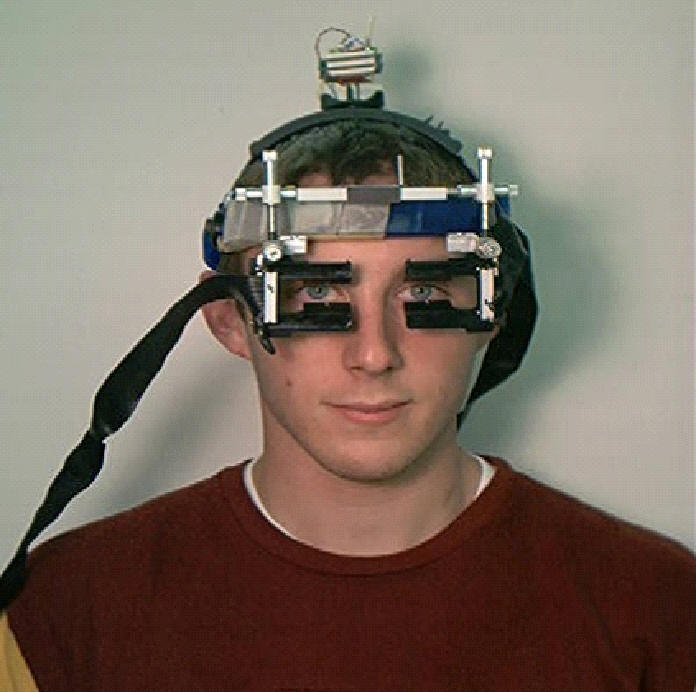| |
The
visual system has evolved to perform exquisitely complex sensory, motor,
and perceptual tasks. It is able to focus on a range of objects in
depth, track moving targets, attend to embedded figures, and perceive
form in detailed contours. Yet, it does so effortlessly and
continuously in daily life. This is due to the visual systemís
organizational structure, which permits automatic performance of these
complex tasks. Understanding this structure requires more than
qualitative or simple analytical approaches. Indeed, models are
essential for assessing quantitatively its various components and their
interactions. Over the two and a half decades, our Vision Research
Laboratory has performed numerous experiments and has developed various
models to quantify and explain various human oculomotor behaviors. The
systems included: accommodation (focusing), vergence (binocular eye
rotations for viewing objects in depth), saccade (lateral eye rotations
as in reading eye movements), and ocular growth pertaining to myopia
(nearsightedness) development.
|
|
Eye Movement Research

Myopia

|

